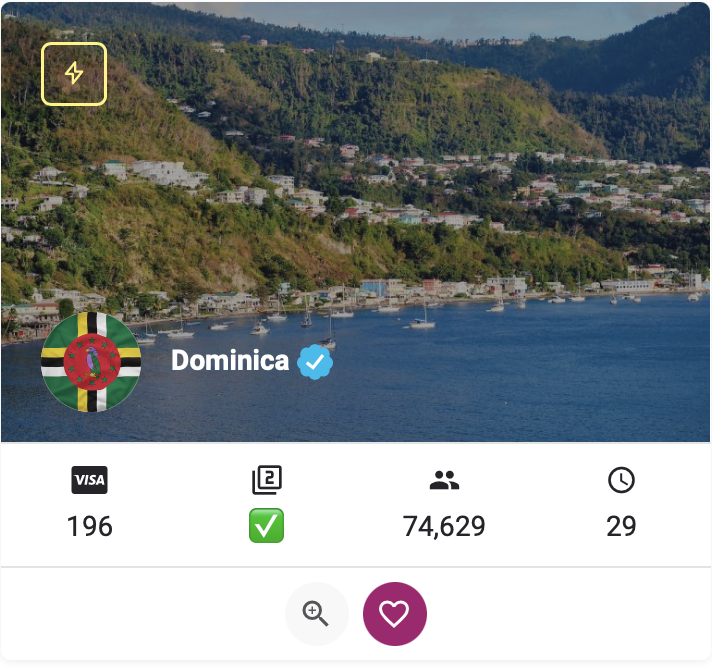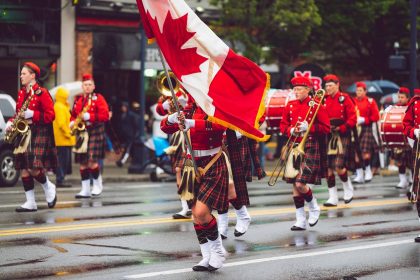Changing nests are an amazing example of bird adaptation to different environments. These aquatic birds use the material around them to build their nests with a stunning ability. In urban areas such as Amsterdam, their nests are often made with plastic, waste and disposable materials, indicating the direct impact of human activity on natural habitats.
According to National Geographic Report; The nests of the grip are not only as a refuge for reproduction, but also evidence of the interaction between nature and human. The behavior of the grip has attracted the attention of scientists and environmentalists to study bird adaptability.
The nesting of the grips in Amsterdam
Charges are aquatic black birds with large legs that do not seem to be able to rule the blue paths; But in Amsterdam, they are stubborn and territory and are called “channel gangs”. More than five years ago, the grings moved from farms close to the city and even survived in the busy urban center. Scientists are investigating how their other birds and birds adapt to urban environments and whether this change is in their favor.
A 5 -year -old nest of the Chengar bird contained the March chocolate advertisement of the World Cup and Corona Face Masks
Now, a new study of plastic waste in one of the biggest nests in the city over the course of five years, shows when the folders are nesting and reproducing in the city.
A very large nest has recorded the 5 -year life in a region of Amsterdam. The oldest object in the nest was the advertising of the March Chocolate of the World Cup, and the latest is the packaging of a load protein. Packaging of candy, McDonald sandwiches, and facial masks represent the years, which was the last linked to Corona’s epidemic. The same facial masks were found in other nests.
By examining the layering of plastic in bird nests, scientists say they get information not only about birds but also about humans.
Entering the fogs to Amsterdam
The Dutch capital has concrete canals, a multitude of tourists and a lack of vegetation. Unlike the hearts and wetlands around the city, this place is not an attractive place for the nesting of the Chen. However, these birds entered the city in the 1980s. Probably a few brave seals discovering the areas eventually reached the heart of the city.
The clangs resisted. With whatever they could, they often started making nests with waste and food packaging. Today there are at least 5 cheeks in the city. Their incontinerable nests fill the docks, columns and boats and make the inhabitants unhappy. Scientists have been curious about what the plastic nests of Amsterdam can say about bird behavior as well as humans.
Investigations on the Amsterdam’s nest
The research team collected four abandoned nests around Amsterdam. In a nest with the longest and most historic background, researchers carefully spent hours separating the nest and examining each piece of garbage to find clues of its age, such as expiry date or old logos. After completing the layout, they compared the possible time to build the nest with the Google Street View images of the nests. Google Street View was first available in year 6.
Studying nests is one of the few methods that biologists can study bird behavior without direct observation.
Date waste, especially McDonald’s waste, were carefully studied. Plastic -based nesting timetable corresponds to street images. In one year, the research team could see the cheese on the nest; In the next year, the nest was clearly made with plastic, and people near it were eating with disposable packages. These observations assured the research team that their inferences were precise nesting patterns.
Studying nests is one of the few methods that biologists can study bird behavior without direct observation. Opportunities for the detailed description and date of a nest, such as what the research team did, is scarce.
The use of plastic has increased around the world around the world. Research shows that plastic has appeared in the nests since then. As the use of newspapers decreased, their presence in the nests also decreased and useful and explicit dates disappeared. It is really interesting to see trends over time. Other birds, such as the foams, Tukas and seafood, also use plastic for their nests; This is a global phenomenon.
The use of plastic has increased worldwide around the year and has appeared in the bird nests since then.
Only about five percent of the material in the large nest was reviewed, dated; So the questions remain; For example, it can hardly be confirmed whether the thicker layers of plastic are related to the commuting of most people. The research team is also looking for older nests of other species of birds that have used plastic.
Since the publication of this study, archaeologists have contacted the research team and have been excited to register plastic nests for human activity. Many of them never thought that these bird nests could be regarded as archaeological reserves. Unfortunately, in the humanitarian era, these nests are like this.
The advantages and disadvantages of plastic nests
The question is, whether plastic nests help or damage them. Plastic nests last more than natural nests; But this may not mean better protection against hunters or natural factors. Birds may be stuck in them; Especially in yarn objects such as facial masks.
Plastic nests last more than natural nests; But they provide less protection against hunters or natural agents
Birds may suffocate or if they eat garbage, suffer from internal damage; Harmful chemicals may also penetrate them. There is also the question of whether birds matching the city with all its threats is a good thing. On the one hand, it is good that they can survive in urban environments and the environments we have changed; Because we change a large part of the world; But we see that they can be harmed.
Infected air and water can affect birds’ health, and if new foods change their hormones, their reproduction may be reduced.
The research team intends to study the advantages and disadvantages of plastic construction and will continue to search for hung nests with high plastic density. Plastic acts like a mirror in the nests and tells us how humans treat the environment.
If you have seen strange objects in the birds’ nests, share your experience with us and other companions.
Cover Photo Source: NaturePl.com, Photographer: Laurent Geslin
Frequently asked questions
How do Amsterdam’s clangs make a nest?
Amsterdam’s grips make their nests interestingly using the materials in their surroundings. Due to living in an urban environment, these materials often include plastic, waste and disposable materials.
What are the advantages and disadvantages of plastic nests?
Plastic nests last more than natural nests; But this may not mean better protection against hunters or natural factors. Birds may be stuck in them; Especially in yarn objects such as facial masks.
RCO NEWS















